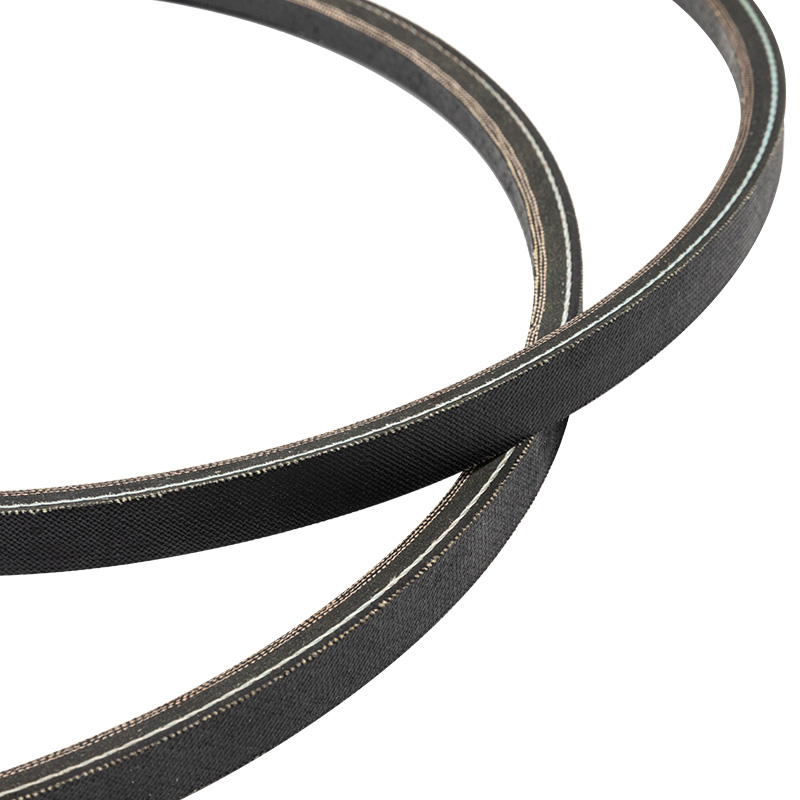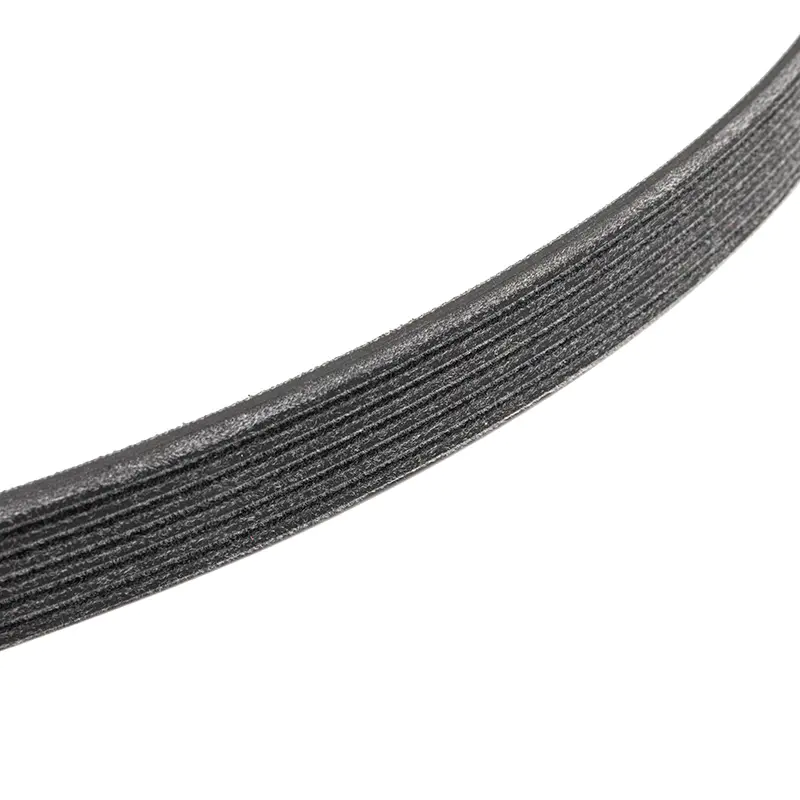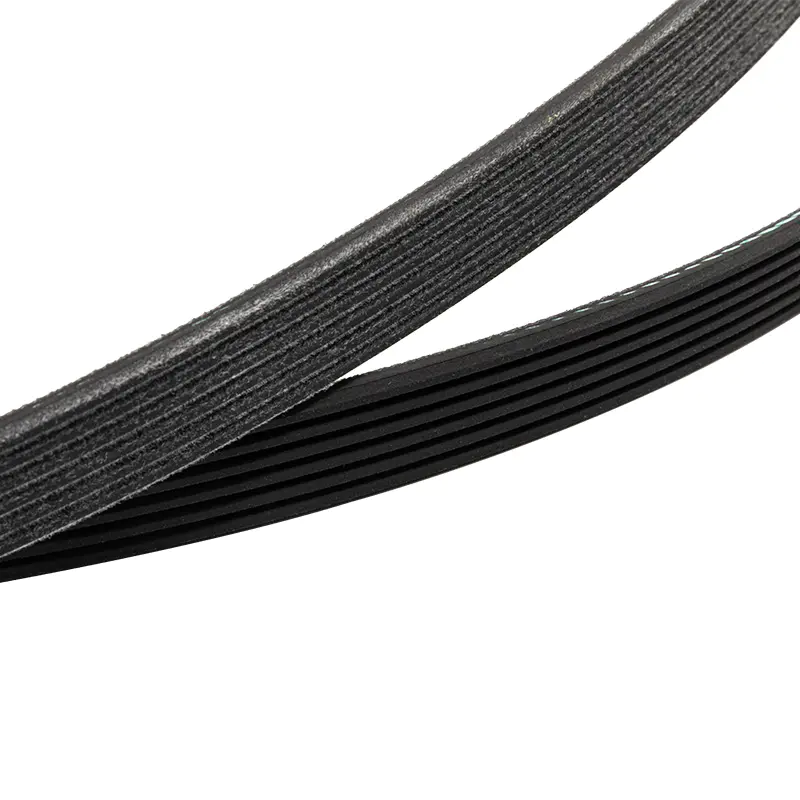Resistance to Environmental Factors: EPDM (Ethylene Propylene Diene Monomer) rubber is engineered to withstand a wide range of environmental conditions. Its molecular structure and chemical composition provide exceptional resistance to heat, ozone, UV radiation, and weathering. This resilience allows EPDM rubber V-belts to maintain their mechanical properties and dimensional stability over prolonged periods of exposure to harsh outdoor elements. Unlike natural rubber or other synthetic rubbers, EPDM does not degrade easily under extreme temperatures, making it suitable for both hot and cold climates without becoming brittle or losing its flexibility.
Flexibility and Elasticity: EPDM rubber exhibits superior flexibility and elasticity, which are critical attributes for automotive V-belts. These belts must conform to varying pulley diameters and endure dynamic load conditions without compromising performance. The inherent elasticity of EPDM rubber allows V-belts to stretch and contract smoothly during operation, accommodating changes in pulley distance and maintaining optimal tension. This flexibility minimizes stress concentrations and prevents premature fatigue failure, thereby extending the operational life of the belt.
Reduced Wear and Tear: EPDM rubber is highly resistant to wear and tear, thanks to its robust molecular structure and excellent abrasion resistance. Automotive V-belts often operate under high-speed conditions and endure constant friction against pulleys and other components. The durable nature of EPDM rubber minimizes surface wear, abrasion, and cut growth, preserving the integrity of the belt over its service life. This resistance to wear ensures consistent performance and reliability, reducing the need for frequent replacements and associated maintenance costs.
Chemical Resistance: EPDM rubber demonstrates exceptional resistance to a wide range of chemicals, oils, and fluids commonly found in automotive applications. These include engine oils, transmission fluids, coolant, and hydraulic fluids. The chemical structure of EPDM rubber prevents swelling, softening, or degradation when exposed to these substances, maintaining the mechanical properties and dimensional stability of the V-belt. This resistance is crucial for ensuring long-term performance and reliability in vehicles operating in diverse environments and conditions.
Longevity in Service Life: The combination of superior environmental resistance, flexibility, elasticity, and wear resistance contributes to the extended service life of EPDM rubber V-belts. These belts typically outlast conventional rubber belts due to their ability to withstand demanding operating conditions and maintain performance over time. The prolonged service life of EPDM rubber V-belts reduces downtime, improves vehicle reliability, and lowers maintenance costs for vehicle owners and fleet operators.
Vibration Damping: EPDM rubber possesses inherent damping properties that help absorb and dissipate vibrations generated within the belt drive system. Vibrations in automotive applications can lead to increased noise, component wear, and reduced comfort for vehicle occupants. By damping vibrations, EPDM rubber V-belts minimize stress on pulleys, bearings, and other drive components, thereby enhancing system durability and reliability. This feature not only improves overall vehicle performance but also extends the lifespan of the entire belt drive system by reducing mechanical wear and fatigue.
Maintenance and Replacement Intervals: Vehicles equipped with EPDM rubber V-belts benefit from extended maintenance intervals and reduced replacement frequency. The robust nature of EPDM rubber minimizes the need for frequent inspections and replacements, resulting in lower overall maintenance costs and improved operational efficiency for vehicle fleets and individual owners alike. This reliability and durability make EPDM rubber V-belts a cost-effective choice for automotive applications where performance and longevity are paramount.
Epdm Rubber Automotive Raw Edge V-Belts




 English
English 中文简体
中文简体

 View More >>
View More >> View More >>
View More >> View More >>
View More >> View More >>
View More >> View More >>
View More >> View More >>
View More >> View More >>
View More >> View More >>
View More >> View More >>
View More >> View More >>
View More >> View More >>
View More >> View More >>
View More >>
